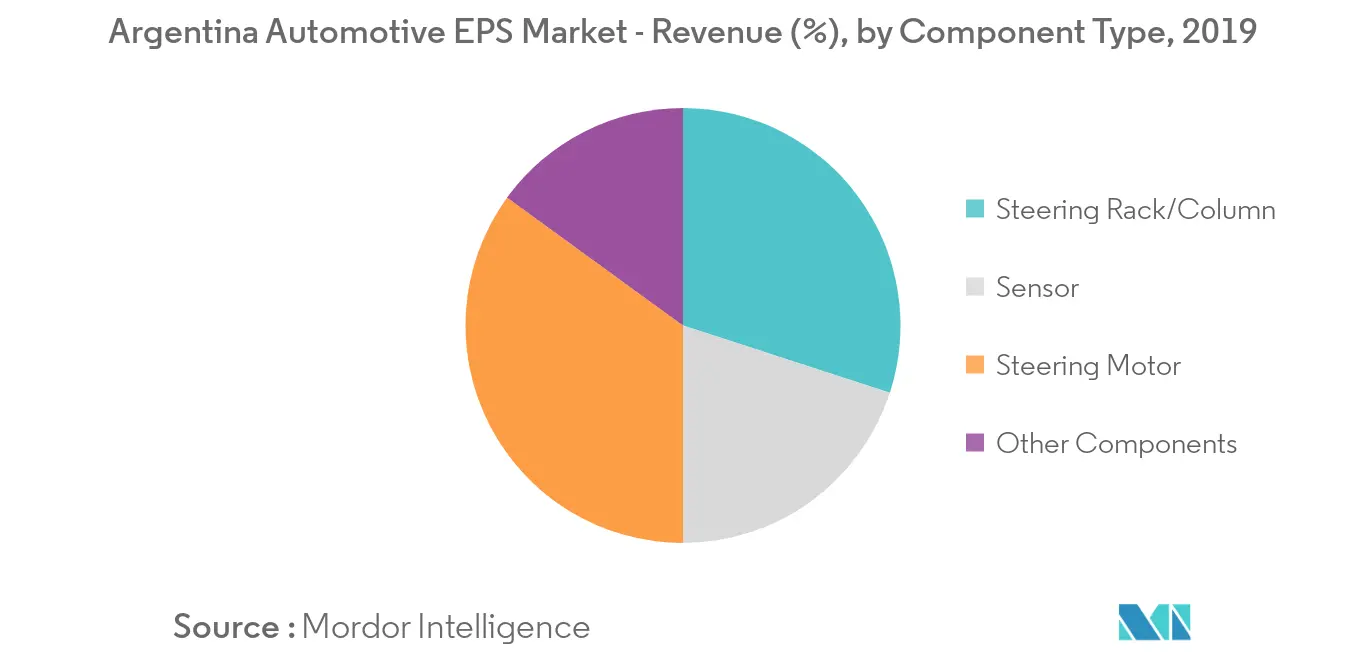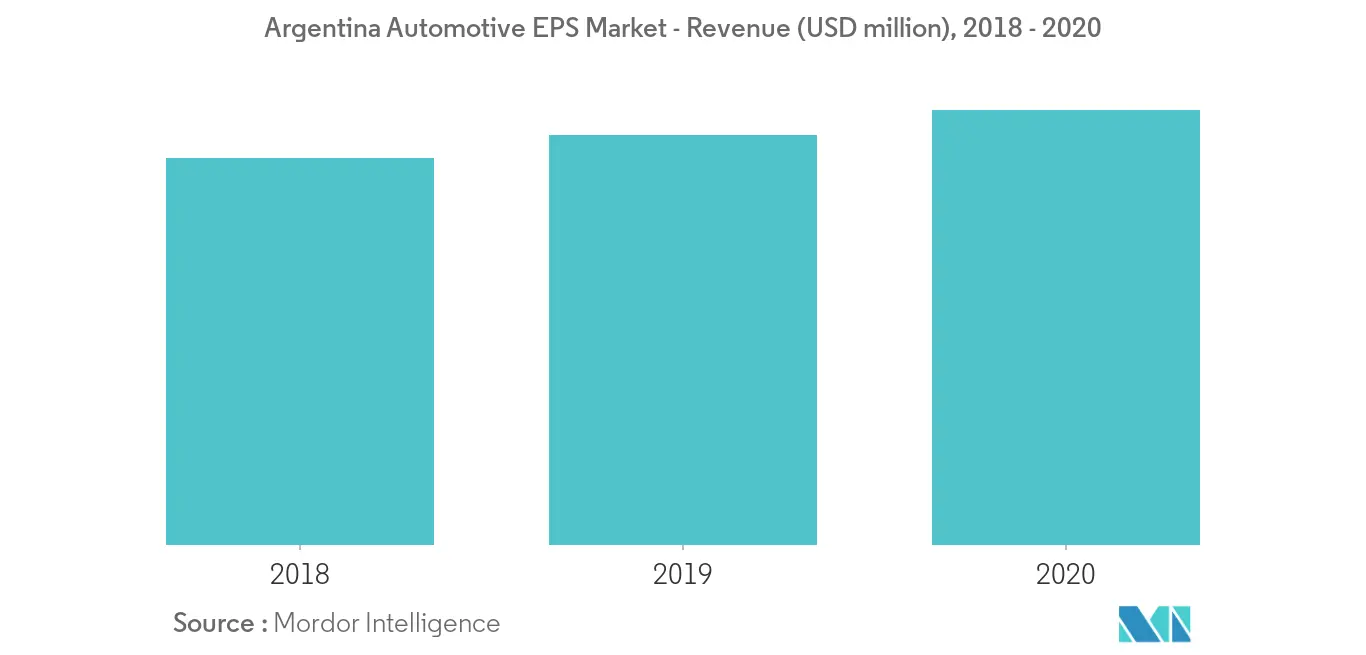Market Trends of Argentina Automotive EPS Industry
This section covers the major market trends shaping the Argentina Automotive EPS Market according to our research experts:
Sensors are Expected to Grow at Rapid Pace in the Market
The major change between the traditional power steering to electric power steering is the hydraulic parts of the system such as hoses, belts, and pumps which are replaced by digital sensors and motors in the EPS systems. Sensors are one of the most critical parts in the EPS system, mainly the torque sensor, which collects steering direct and road resistance input and communicate the torque to the EPS module. The sensors produce a digital square wave signal with the frequency depending on the speed with which the wheel is turning. The signal is low when the wheel is kept straight and increases as the wheel is turned away from the center. Some of the recent advancements of the EPS sensors are
In 2018, Hella showcased its steering and braking solutions in which it displayed the steering angle sensor, Torque and Angle Sensor (TAS). These sensors are based on contactless inductive position sensor (CIPOSA) technology, which measures the torque and angle of the steering wheel with accuracy.
Whereas in 2019, Infineon Technologies AG has launched a linear Hall sensor. The XENSIV TLE4999I3 provides highest level of functional safety (ASIL D). These include various features such as electric steering systems, electric throttle control systems, and pedal applications.
Moreover, the stringency in government regulations regarding fuel efficiency and safety initiatives are important drivers for the growth and development of the advanced steering systems that comprehensively employ steering sensors.

Government Initiatives and Growing Emphasis on Safer Automotive Systems are Driving the Market
On an average, globally, about 1.24 million people die in road accidents each year, half of whom are vulnerable road users, such as pedestrians and motorcyclists, while the other half die because of side-impact accidents. According to the World Health Organization (WHO), 80% of cars sold in the world are not compliant with the main safety standards. Only 40 countries have adopted the full set of the seven most important regulations for car safety.
A significant increase in the number of accidents has also encouraged end-users to adopt better safety systems. Improvements in roadway and motor vehicle designs have steadily reduced injury and death rates in all the first world countries. However, the accident rates are still higher in some developing countries, and governments are focusing on implementing stringent safety norms and supporting the adoption of various subsystems in the vehicles.
Driven by these factors, automobile manufacturers are incorporating several systems in vehicles that enhance safety. Advanced safety and security features are no longer restricted to premium vehicles. Consumers are now more concerned about safety systems and technologies, and therefore, they are more interested in opting for vehicles that are equipped with better safety systems.
- For instance, Infiniti Q50 incorporated direct adaptive steering in vehicles, which involves sensors in the car that constantly monitor the position of the steering wheel. In addition, torque sensors are integrated into the EPS system. The torque sensors measure the effort applied by the driver to steer the vehicle.
Moreover, the stringency in government regulations regarding fuel efficiency and safety initiatives are important drivers for the growth and development of the advanced steering systems that comprehensively employ steering sensors.


